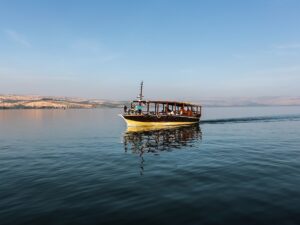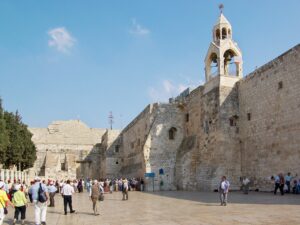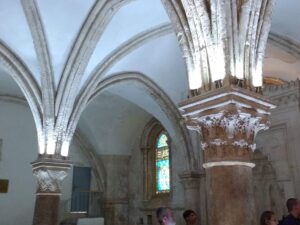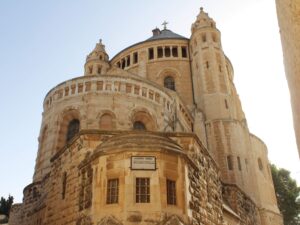The Dead Sea area can be a unique cultural and historical break for pilgrims and travelers, offering a blend of natural wonders and historical monuments. Located at the lowest point on Earth, the Dead Sea is renowned for its incredibly high mineral content, with salt levels which allow visitors to effortlessly float on its buoyant waters. Bathing in the Dead Sea is not only a surreal experience but also beneficial for health and well-being, thanks to the mineral-rich waters and therapeutic mud that have been celebrated for their healing properties since ancient times.
Just a short distance from the Dead Sea, Masada stands as a symbol of ancient Jewish history and resilience. This formidable fortress, perched atop a rugged plateau, was the last stronghold of the Jewish Zealots during their revolt against the Romans in 73 CE. Pilgrims and history enthusiasts can take a cable car or hike up the snake path to explore the well-preserved ruins of King Herod’s palaces, storerooms, and the impressive defensive walls. The panoramic views from the top are breathtaking, offering a profound sense of connection to the past and the dramatic events that unfolded here.
Another significant site near the Dead Sea is Qumran, the ancient settlement where the Dead Sea Scrolls were discovered. These scrolls, dating back to the Second Temple period, include some of the oldest known manuscripts of the Hebrew Bible. Pilgrims visiting Qumran can explore the archaeological remains of the Essenes’ community, who are believed to have authored these scrolls. The visitor center provides insightful exhibits and information about the discovery and significance of the scrolls, making it a must-visit for those interested in biblical history and archaeology.




